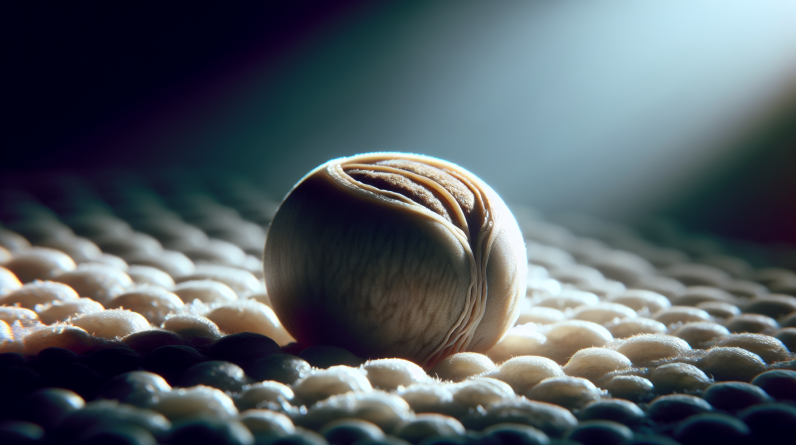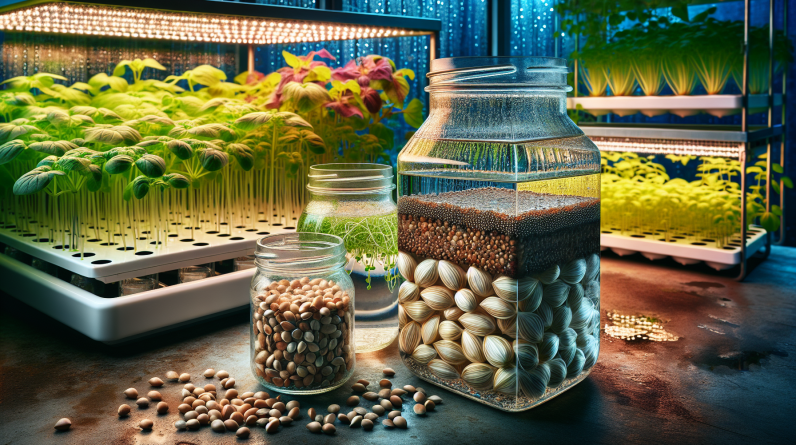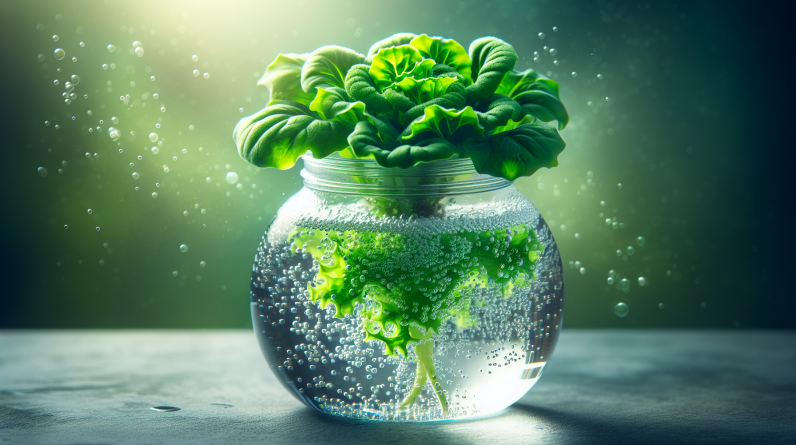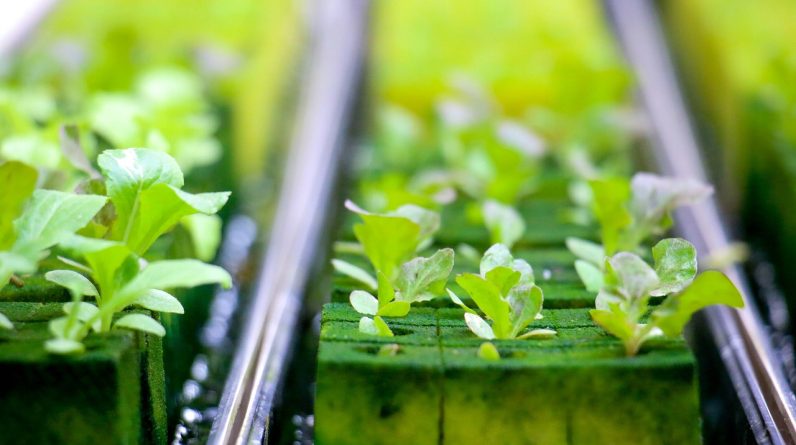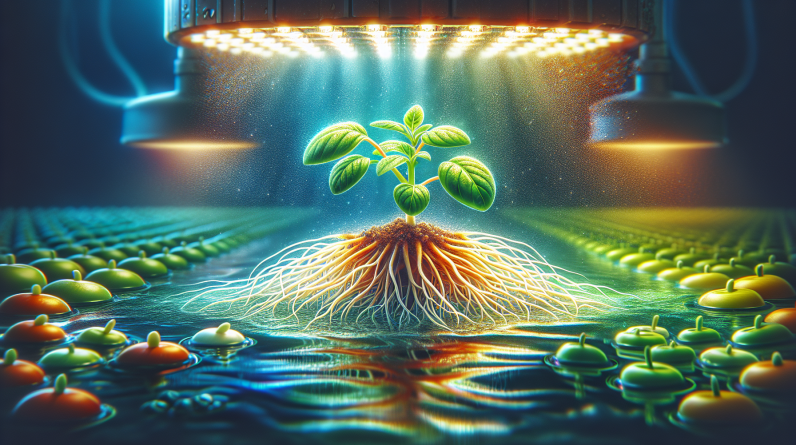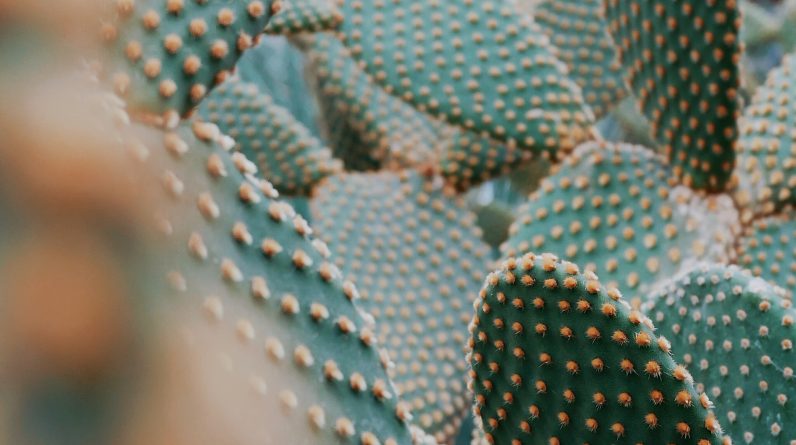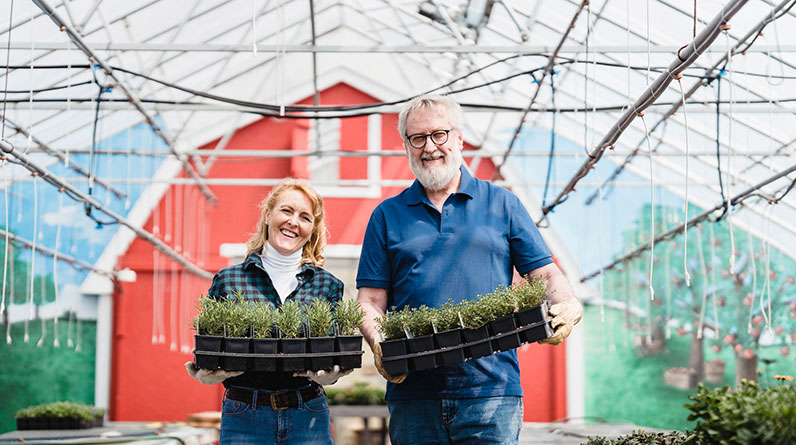
Creating an Optimal Growing Environment
When creating the ideal growing environment for hydroponics, there are several elements to take into account. These include temperature, lighting conditions, nutrient content, pH balance and humidity levels.
For instance, if the temperature is too high, plants will become stunted and vulnerable to root rot. Conversely, when humidity levels are too low, powdery mildew and fungal growth may take hold.
Controlling Temperature and Humidity
Controlling temperature and humidity is essential for hydroponic plants to create an ideal growing environment. Temperature can affect how quickly plants absorb water to absorb nutrients, while humidity affects how quickly stomata (leaf pores) close.
Humidity is essential in hydroponics as it regulates the rate at which water vapor evaporates, encouraging healthy plant growth and providing them with adequate oxygen levels. Furthermore, keeping humidity at an optimum level prevents mold or mildew from growing – which could ruin your crop and lead to poor-tasting produce.
Your hydroponics operation’s exact moisture requirements depend on the type, quantity, and goals. It may take some trial and error to find the ideal balance for your specific setup.
Once you find the optimal humidity balance for your crops, it will improve quality and yields. Unfortunately, it’s common to get this wrong when first experimenting.
Ensuring Adequate Light
One of the most essential elements in creating an optimal hydroponic growing environment is providing adequate light. Plants require both direct and indirect sunlight to thrive and yield abundant fruits, vegetables, flowers, or other edible items.
The amount of light a plant requires is measured in lumens. The Lumens per Watt (LPW) factor should always be taken into consideration when selecting hydroponic lights since it tells you how much illumination is produced by your system.
Another measure to consider is light intensity (LDI), which measures the total power required to create light from a given source. Generally speaking, DLI values between 400 and 800 umol*m2*s-1 are recommended for optimal plant growth.
Different plants require different amounts of light to thrive, so it is important to program your lighting schedule accordingly. Long-day plants like lettuce require up to 18 hours a day while shorter-day crops like strawberries or cauliflower require no more than 12 hours daily.
Providing the Right Nutrients
Nutrient delivery is a critical element in creating the ideal hydroponic growing environment. This involves controlling both pH level and N-P-K ratio in your water solution.
Nitrogen is an essential macronutrient for plants, as it promotes photosynthesis and gives them their dark green hue. Additionally, nitrogen aids in cellular development as well as strengthening the structure of plants during root growth, flowering, and fruiting.
Phosphorus is an essential macronutrient for hydroponic gardening, as it encourages root and fruit growth, improves vegetables and herbs’ quality, and strengthens seeds’ resistance to disease.
Potassium is an essential nutrient for hydroponics, as it boosts and protects the plant’s immune system during growth, fruiting, and seeding. Furthermore, potassium plays a crucial role in controlling metabolism as well as the absorption of vitamins, amino acids, and other essential nutrients.
Hydroponic nutrients come in various forms, such as dry granular, liquid or powder. They can be added to water solutions or substrates. Some even come with mixed formulas like calcium nitrate and magnesium sulfate for maximum absorption by plants. Some even feature pH buffers which aid with nutrient absorption more effectively.
Maintaining pH Balance
Maintaining the correct pH balance in hydroponic systems is essential for creating an ideal growing environment. It allows plants to absorb essential nutrients needed for successful growth.
The pH of a solution is determined by its potential hydrogen ions. This number ranges from 0-14 and is logarithmic, meaning that a pH of seven is neutral while one at five is 10 times more acidic than 6.
Plants require a pH range between 5.5 and 6.5 to absorb essential nutrients for healthy, strong growth. That’s why it’s critical to regularly check your pH levels and adjust them as necessary.
Misbalancing the pH in a hydroponic system can cause numerous issues for plants. These include foliage and tip burn, leaf cupping, and nutrient toxicity.
Fortunately, many hydroponics suppliers provide pH buffers along with their essential nutrients to minimize these changes. Furthermore, these buffers help prevent sudden spikes or drops that could shock your plants.
Test the pH of your hydroponic solution daily using a liquid pH meter or litmus strip. This is one of the easiest ways to stay on top of pH levels and guarantee they are within suitable ranges for the plants you’re growing.
Maintaining Oxygen Levels
When cultivating plants in a hydroponic system, it’s essential that your water contains enough oxygen for healthy growth and nutrient absorption. Increasing oxygen levels in your solution can stimulate root development and enhance nutrient absorption – leading to faster-growing, higher-yielding plants.
Horticulturists often employ aeration methods like air diffusers to ensure their plants get enough oxygen. These diffusers release air into the water, creating large bubbles which rise quickly without touching roots, as well as smaller ones that remain submerged for longer periods of time and provide more oxygen to those same roots.
One effective method for maintaining oxygen levels in hydroponic solutions is by controlling the temperature of the nutrient solution. Warmer reservoirs and delivery systems aren’t as capable of holding dissolved oxygen, so horticulturists must work to regulate their solutions’ temperatures with help from a hydroponic chiller.
You can ensure your plants receive enough oxygen by adding dissolved hydrogen peroxide to the solution in hydroponic systems. Doing this at levels of 5mg/l or higher will improve growth rates, nutrient uptake, and disease prevention.
Controlling Pests and Diseases
Hydroponic systems can be especially helpful to gardeners with limited mobility or physical ailments that make it difficult to garden on the ground level. Unfortunately, these indoor growing systems may also become infested with pests.
Hydroponic systems can become infested with various insects, so it’s essential to identify and eradicate them effectively. Common hydroponic pests include aphids, spider mites and thrips.
Aphids are the most prevalent pest in hydroponic gardens, wreaking havoc on your plants’ health. They feed off green leaves and stems, leading to stunted growth and reduced productivity.
These pesky pests feed off of the sap of your crop, and they can spread disease as well. If you’re cultivating vegetables, use an effective combination of insecticides and ladybugs to eliminate aphids from your garden.
Fungus gnats are another insect that can infest your hydroponic system. These gray pests prefer dark and damp conditions around the base of your plants, where they feed off algae that grows there. To keep this area free from infestation, keep it dry or use a moss and algae-killing treatment to eliminate their food source.
Cleaning and Sanitizing
One of the most essential tasks you can do for your hydroponic system is keeping it clean. A dirty reservoir can lead to disease, rot and other issues with your plants due to bacteria present.
Sterilizing a hydroponic system can help guarantee everything is clean and safe for your plants. You can do this by using chemical cleaners or vaporized disinfectants.
When looking to save money, Simple Green is an affordable all-purpose cleaner that can do the trick. However, always exercise caution when using chemicals on your hydroponic system.
Another option is to mix 1:2 hydrogen peroxide with water and soak reservoirs, grow chambers, containers and cloning structures in it for at least a few hours. This helps eliminate bacteria present in the reservoir as well as prevent salt buildup.
Sanitizing is essential for keeping your grow room clean, but also helps prevent biofilm, a sticky layer of bacteria and algae that forms on surfaces. This layer can be difficult to remove and lead to various issues.


